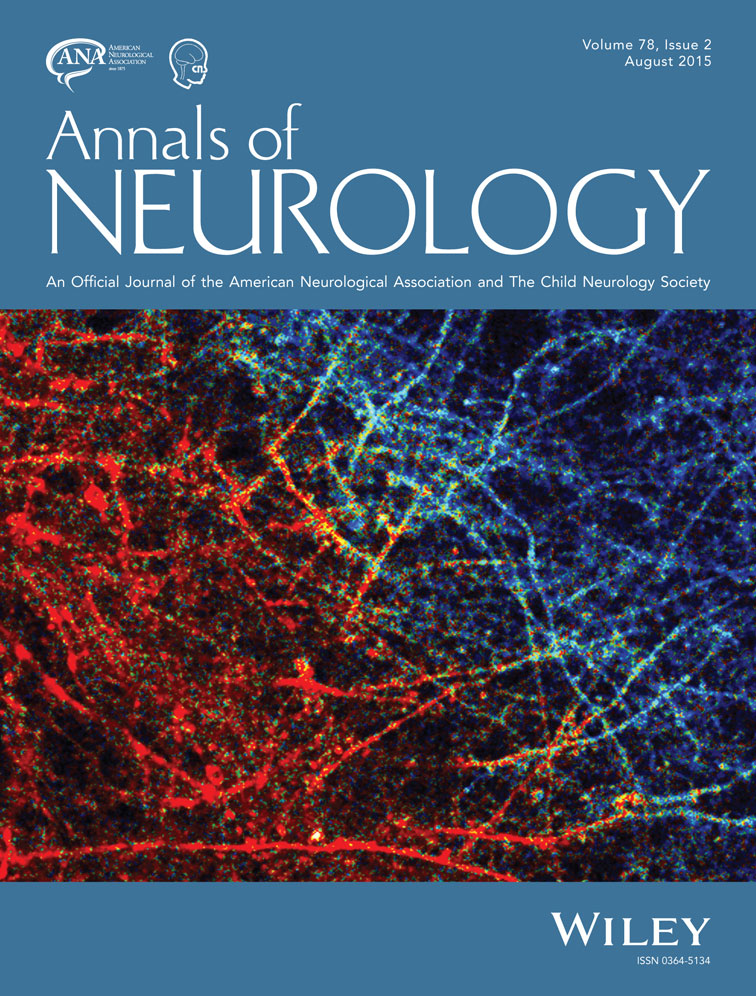Detection of TDP-43 oligomers in frontotemporal lobar degeneration–TDP
Abstract
Objective
The proteinaceous inclusions in TDP-43 proteinopathies such as frontotemporal lobar degeneration (FTLD)-TDP are made of high–molecular-weight aggregates of TDP-43. These aggregates have not been classified as amyloids, as prior amyloid staining results were not conclusive. Here we used a specific TDP-43 amyloid oligomer antibody called TDP-O to determine the presence and abundance of TDP-43 oligomers among different subtypes of FTLD-TDP as well as in hippocampal sclerosis (HS), which represents a non-FTLD pathology with TDP-43 inclusions.
Methods
Postmortem tissue from the hippocampus and anterior orbital gyrus from 54 prospectively assessed and diagnosed subjects was used for immunostaining with TDP-O. Electron microscopy was used to assess the subcellular locations of TDP-O–decorated structures.
Results
TDP-43 inclusions staining with TDP-O were present in FTLD-TDP and were most conspicuous for FTLD-TDP type C, the subtype seen in most patients with semantic variant primary progressive aphasia. TDP-O immunoreactivity was absent in the hippocampus of HS patients despite abundant TDP-43 inclusions. Ultrastructurally, TDP-43 oligomers resided in granular or tubular structures, frequently in close proximity to, but not within, neuronal lysosomes.
Interpretation
TDP-43 forms amyloid oligomers in the human brain, which may cause neurotoxicity in a manner similar to other amyloid oligomers. Oligomer formation may contribute to the conformational heterogeneity of TDP-43 aggregates and mark the different properties of TDP-43 inclusions between FTLD-TDP and HS. Ann Neurol 2015;78:211–221




